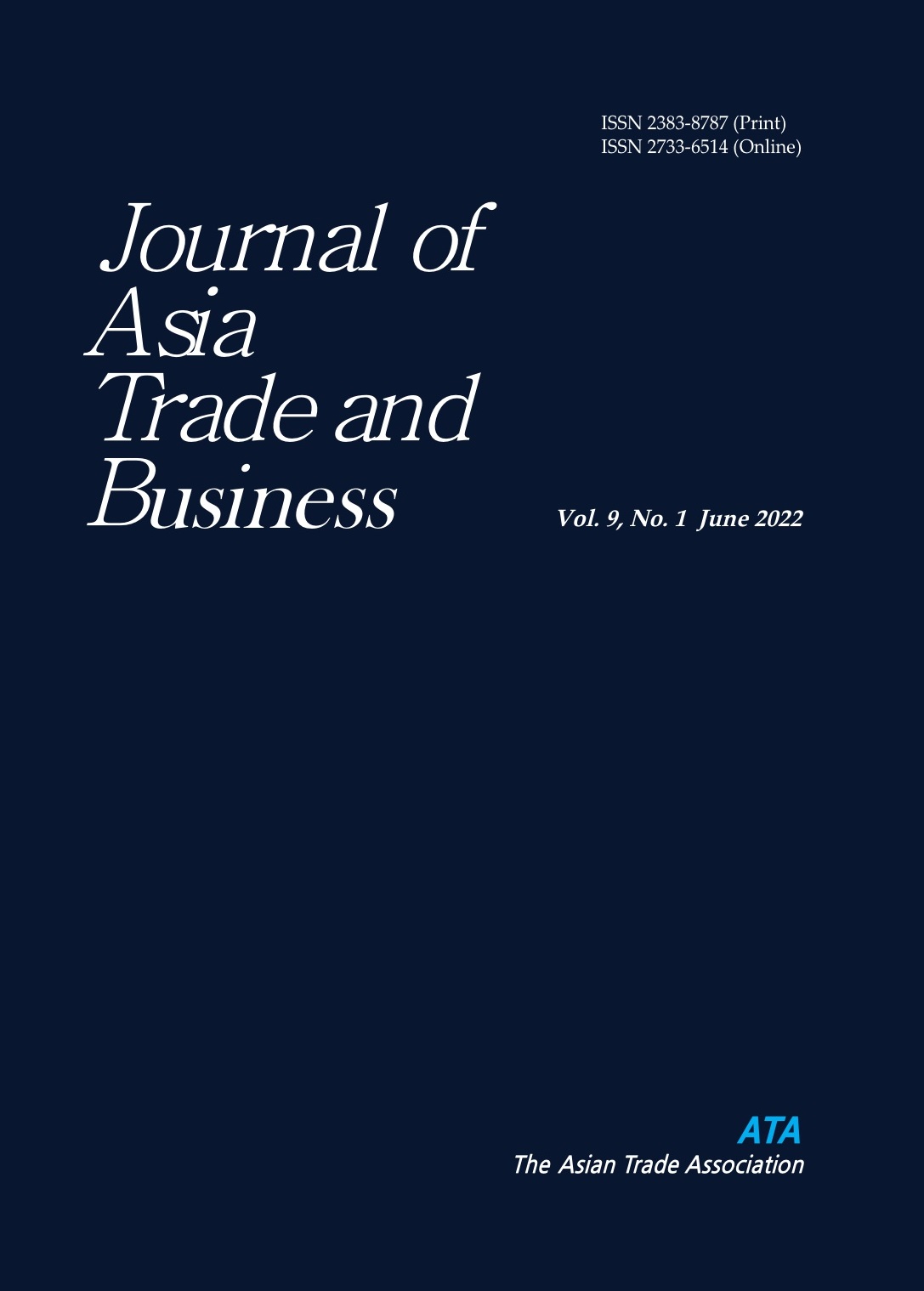An Assessment of an Inclusive Business Model (Ibm) in The Philippines: The Case of the Kalasag Farmers Producers Cooperative (KALASAG-FPC)
An Assessment of an Inclusive Business Model (Ibm) in The Philippines: The Case of the Kalasag Farmers Producers Cooperative (KALASAG-FPC)
- 아시아무역학회
- Journal of Asia Trade and Business
- vol.9 no.1
-
2022.0641 - 52 (12 pages)
-
DOI : 10.22447/jatb.9.1.202206.41
- 11

Purpose - This paper evaluated the inclusive business model (IBM) adopted by the KALASAG Farmers Producers Cooperative (KALASAG-FPC) in San Jose City, Nueva Ecija, Philippines. Specifically, the study assessed the Farmer Entrepreneurship Program (FEP) of Jollibee Foods Corporation (JFC) relative to KALASAG-FPC in order to describe how an IBM affected the farmers' lives and their business operations. By determining the perceived level of inclusiveness of the IBM from three perspectives, strategies were crafted to improve business model inclusivity. Design/Methodology/Approach - In discussing the activities in the business model and the business operations of the cooperative, the case approach, and the IBM principles and radar chart from the study entitled “Is Inclusive Business for you? Managing and upscaling an inclusive company: Lessons from the field” by Sopov et al. (2014) were used. Findings - The results showed that the business model was perceived by the farmers, program implementers, and the main researcher to be the most inclusive in three different areas, but least inclusive in one same area. Therefore, the discussion focused on what led to these perceptions, and what can be done to enhance the inclusivity of the business model. Research Implications - The recommendations focused on activities that promote the chain-wide collaboration of the IBM players in order to solve problems faced not only by the farmers but also by the program implementers and partners. The study’s contribution lies in demonstrating the application of the 2014 study framework on an IBM in the Philippine context.
Ⅰ. Introduction
Ⅱ. Review of Related Literature
Ⅲ. Objectives and Methodology
Ⅳ. Results and Discussion
Ⅴ. Summary of Findings and Implications
References
(0)
(0)